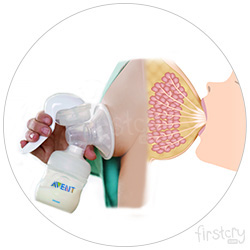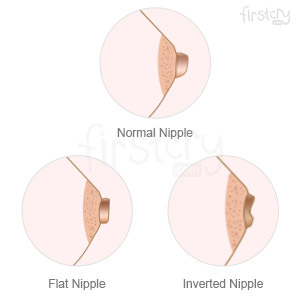We see that you have personalized your site experience by adding your child's date of birth and gender on site. We would love to send you the best offers relevant for your child from time to time and so we have added these details to your FirstCry.com account details.
Undo
- Stores & Preschools
- Support
- Track Order
- Firstcry Parenting
- More
- Login / Register
- My Account
- Shortlist
-
0Cart
YOUR CART IS EMPTYIf item to your bag are missing, login to your account to view item.Please add items that you would like to buy your cartCONTINUE SHOPPINGShopping Cart|The total value for product(s) need to minimum ₹ 249 to place an order. Please add items to your cart to place your Order.Place OrderEdit Cart
My Shopping Cart
My shortlist
Continue Shopping
Undo
Product
Shipping & Availability
Price
Quantity
Total
Buy Rs. 750 Mamy Poko Extra Absorb Paint Style Diaper and 30% off on clothes & Shoes
Check Delivery Info
(?)
Delivery timeline and charges depend on the destination Pincode
APPLY
Please enter a valid pin code
Destination Pincode
EDIT
Value of Products:
Rs.0
Discount(-):
Rs.0
Shipping Charges:
Rs.0
Estimated
GST
Rs.0
Final Payment
EMI Available [?]
PLACE ORDER
Shop Worth 180 more & get Free Shipping
Product
Price
Quantity
Total
Please Provide your Email Address & Mobile Number. we will inform you once the product becomes Available
Email
Please enter the email address
Mobile No
Please enter the phone number
notify me
Product Name
Estimated GST
Mix of Taxes and discount may change depending the amount of tax being borne by the Company. However, the final price as charged from customer will remain same. Taxes collected against every transaction will be paid to the Government by FirstCry.com. Please refer to Terms of Use for full details.








